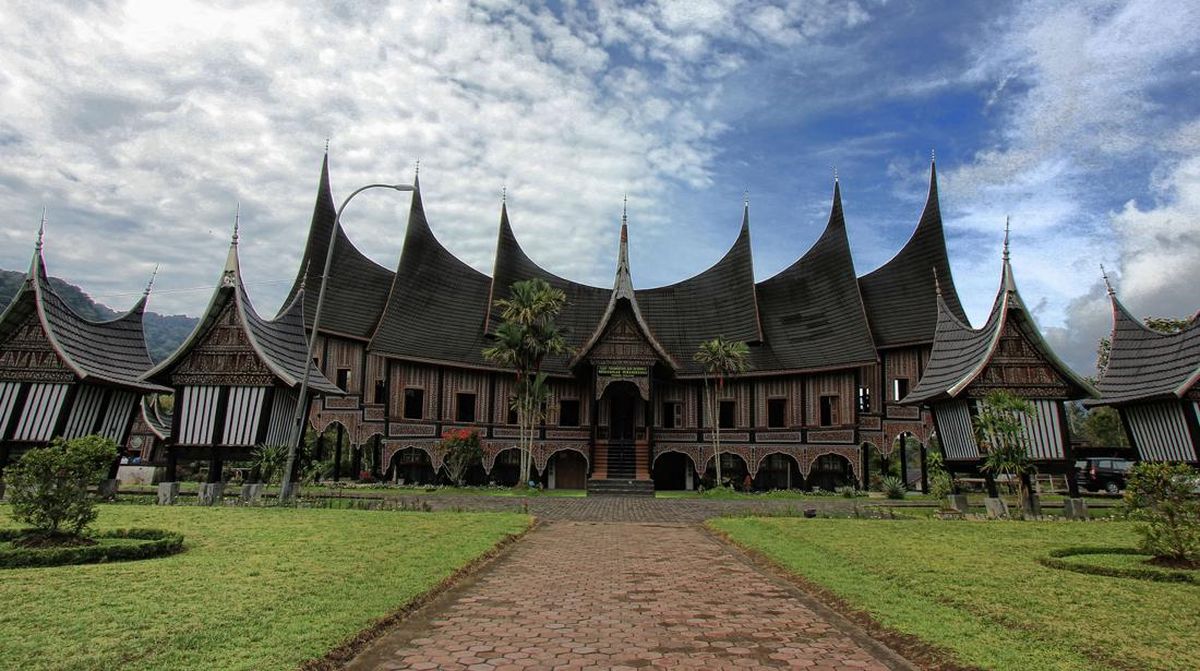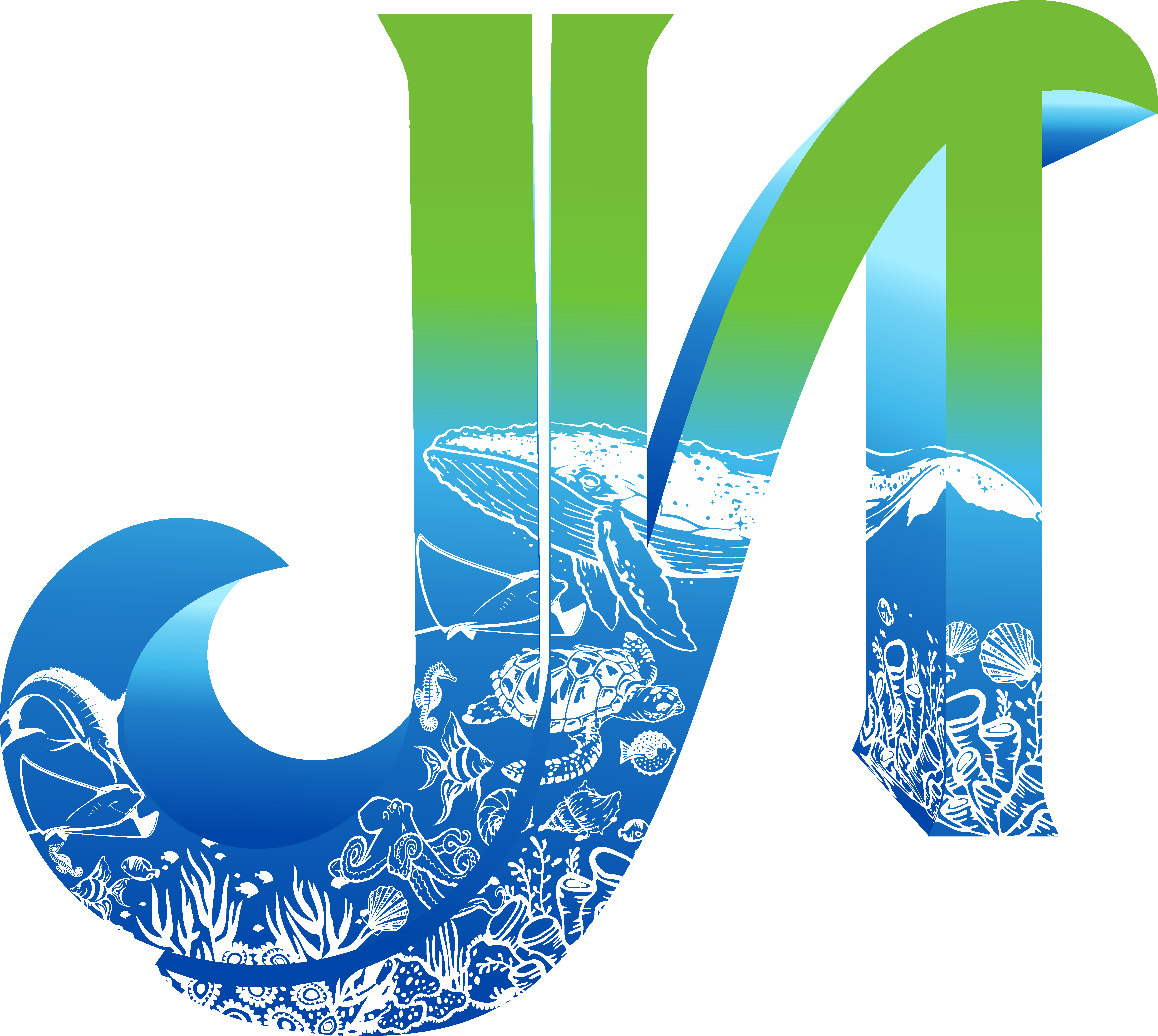
Minangkabau Tribe
Minangkabau tribe often referred to simply as the Minang. This ethnic group is renowned for its vibrant culture, unique customs, and deep-rooted traditions, primarily located in West Sumatra, Indonesia.. Join us as we delve into the history, locations, distinctive characteristics, cultural practices, traditional attire, musical instruments, and lesser-known aspects of the Minangkabau people.
History of the Minangkabau Tribe
The Minangkabau tribe have a long and storied history that dates back over a millennium. According to local legends, the name “Minangkabau” originates from a historical event in which the Minang people triumphed over invaders through a clever buffalo fight. The word “Minangkabau” translates to “victorious buffalo,” symbolizing their cunning and resilience.
Historically, established the Pagaruyung Kingdom in the 14th century, this tribe became a significant cultural and political center in Sumatra. flourished and expanded, this kingdom influence through trade and the spread of Islam, which was introduced by traders from the Middle East and India. Over time, Islam became an integral part of Minangkabau identity, blending seamlessly with their traditional customs.
known for their matrilineal system,This Tribe also lineage and inheritance are traced through the female line. This unique social structure has played a crucial role in shaping Minangkabau culture and societal organization.
Location and Demographics
This tribe predominantly reside in West Sumatra, Indonesia. is a bustling city The region’s capital, Padang serves as a cultural and economic hub for the Minang. be founded significant Minangkabau communities in other parts of Indonesia , including Jakarta, Medan, and Riau, as well as overseas in Malaysia and the Netherlands.
West Sumatra’s landscape is characterized by lush green valleys, terraced rice fields, and volcanic mountains. The region’s natural beauty has significantly influenced Minangkabau architecture, agriculture, and daily life.
Unique Characteristics of the Minangkabau
1. Matrilineal Society
One of the most distinctive features of This Tribe is their matrilineal society. Inheritance, family names, and property rights are passed down through the female line. Women play a central role in family and community life, while men are responsible for political and religious affairs. This system has fostered a sense of respect and balance between genders, contributing to the stability and cohesion of Minangkabau society.
2. Traditional Architecture
Minangkabau architecture is instantly recognizable by its dramatic, pointed rooflines that resemble buffalo horns. These traditional houses, known as “Rumah Gadang,” are not only visually striking but also functional, designed to withstand the region’s tropical climate and seismic activity. Rumah Gadang serve as communal living spaces for extended families, reflecting the Minangkabau’s emphasis on family and community.
3. Culinary Heritage
People are renowned for their rich culinary heritage, with dishes that are bold, flavorful, and often spicy. Rendang, a slow-cooked beef dish with a complex blend of spices and coconut milk, is perhaps the most famous Minangkabau dish and has gained international acclaim. Other popular dishes include Sate Padang (spicy skewered meat) and Gulai (spicy curry). Minangkabau cuisine reflects the region’s agricultural abundance and the community’s love for communal feasting.
Cultural Practices and Traditions
1. Adat and Customs
Minangkabau culture is deeply rooted in “adat,” a set of traditional customs and laws that govern various aspects of life, including marriage, inheritance, and social conduct. Adat is intertwined with Islamic principles, creating a unique cultural framework that guides community behavior and relationships. Ceremonies such as weddings and funerals are elaborate affairs that showcase Minangkabau customs, music, and dance.
2. Traditional Clothing
Minangkabau traditional clothing is rich in symbolism and artistry. Women wear “Baju Kurung,” a long, loose-fitting blouse paired with a sarong, and accessorize with intricate gold jewelry. The “Tengkuluk” headdress, made of folded cloth, is a distinctive feature of Minangkabau women’s attire. Men wear “Teluk Belanga” shirts and “Songket” sarongs, often complemented by a “Destar” or headpiece. Made from luxurious fabrics, these garments adorned with elaborate embroidery and motifs.
3. Music and Dance
Minangkabau music and dance are integral to their cultural expression. Traditional musical instruments include the “Saluang” (bamboo flute), “Talempong” (small gongs), and “Gandang” (drums). These instruments create melodious and rhythmic sounds that accompany traditional dances such as the “Tari Piring” (Plate Dance) and “Randai” (a folk theater that combines music, dance, and storytelling). These performances are often featured during cultural festivals, ceremonies, and community gatherings.
4. Festivals and Celebrations
The Minangkabau people celebrate various festivals and events that reflect their cultural and religious heritage. “Tabuik” is a unique festival held in Pariaman to commemorate the Islamic event of Ashura. The festival involves elaborate processions, music, and the symbolic burial of “Tabuik” structures, which represent the coffins of Imam Hussein. Other significant events include the “Minangkabau Cultural Festival,” which showcases traditional arts, crafts, and performances.
Lesser-Known Aspects of Minangkabau Culture
1. Language and Literature
The language, a variant of the Malay language, is rich in oral literature and proverbs known as “Pepatah-Petitih.” These sayings convey wisdom and moral lessons passed down through generations. The Minangkabau are also known for their contributions to Indonesian literature, with prominent writers such as Hamka and Marah Roesli hailing from the region.
2. Traditional Medicine
Minangkabau traditional medicine, known as “Tabib,” involves the use of herbal remedies, massage, and spiritual healing practices. Local healers, or “Dukun,” play an essential role in community health, offering treatments for various ailments and conducting rituals to ward off evil spirits.
3. Unique Craftsmanship
skilled artisans, Minangkabau people are producing intricate textiles, wood carvings, and metalwork. “Songket,” a handwoven fabric with gold or silver threads, is a particularly prized craft, often used in traditional clothing and ceremonial attire. The region is also known for its “Ukiran” (wood carving) and “Perak” (silverwork), which feature elaborate designs inspired by nature and Minangkabau mythology.
The Character of the Minangkabau People
Known for their strong sense of identity, resilience, and adaptability. This tribe have successfully maintained their cultural heritage while embracing modernity and global influences. Minangkabau society values education, entrepreneurship, and social responsibility, with many individuals achieving prominence in various fields, including politics, business, and the arts.
This tribe people are also known for their hospitality and warmth, often welcoming visitors with open arms and sharing their rich cultural traditions. This spirit of openness and generosity has contributed to the preservation and promotion of Minangkabau culture on both a local and international level.
Conclusion
The Minangkabau people of West Sumatra are a remarkable ethnic group with a rich cultural heritage that encompasses history, unique customs, vibrant traditions, and artistic expressions. From their matrilineal society and distinctive architecture to their flavorful cuisine and captivating music, the Minangkabau offer a fascinating glimpse into Indonesia’s diverse cultural landscape.
By exploring the lesser-known aspects of this culture, we gain a deeper appreciation for their contributions to Indonesian heritage and global cultural diversity. Whether you’re visiting West Sumatra or simply learning about the Minangkabau from afar, their enduring traditions and vibrant way of life are sure to leave a lasting impression.
Jelajahnusa.com
Jelajahnusa offers a diverse array of adventure and cultural exploration services across Indonesia. Our trip and travel services cater to adventurers seeking thrilling experiences like tandem Paragliding and hanggliding, exhilarating hikes and climbs, serene snorkeling and diving escapades, adventurous canyoning, and unforgettable camping and glamping experiences
Nomor Telepon: 082151119467
Email: info@Jelajahnusa.com
Alamat Kantor: Jl. Khatib Sulaiman No.37, Gn. Pangilun, Kec. Padang Utara, Kota Padang, Sumatera Barat
Sosial Media: @Jelajahnusa.com_official
